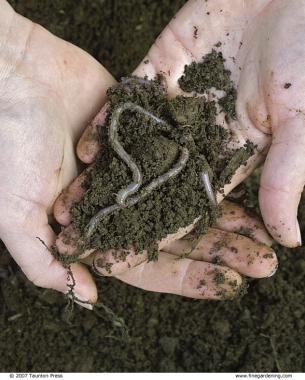
Cultivating a healthy garden is an enlightening and fulfilling experience, but as veteran gardeners know, such an achievement requires not only aesthetic creativity but also a connection to and an understanding of the soil in which plants are grown. There are many techniques that gardeners employ to create ideal soil conditions, such as gentle tilling and scheduled watering for aeration and moisture. However, there is a biotic community, which is less commonly considered, that does a lot of the soil-conditioning work for us. Made up of many different kinds of organisms, this underground society supplements the gardener’s efforts and ultimately mediates a soil’s ability to provide a desirable plant habitat. One of these key players is the earthworm.
Earthworms contribute significantly to soil health as they burrow through the soil and feed on organic matter and microorganisms. There are thousands of earthworm species worldwide. These species are placed into one of three groups based on their feeding and burrowing habits. Each group contributes to soil health in different ways, but they all have a couple of things in common.
As earthworms feed, smaller fragments of organic matter are mineralized by microorganisms inside their gut and, upon excretion, become readily available to plants. Earthworms continually excrete these castings throughout the soil profile. There, the castings rapidly stabilize and become resistant to chemical and physical degradation. This benefits overall soil structure by helping to prevent compaction. Castings also act as storage units for nutrients such as carbon and nitrogen.
Furthermore, as earthworms burrow, they secrete mucus from their bodies to aid in tunneling activity. A mucus-lined burrow typically contains a higher nutrient content than the surrounding soil.
Did you know?
• There are over 100 known native earthworm species in the United States. They primarily reside in undisturbed native habitats (forests and grasslands) that were not glaciated.
• Exotic earthworm species were accidentally brought over on colonial ship ballasts and in potted plants during the 1700s through the 1940s. They thrive in and dominate large stretches of land that have been disturbed (agricultural and urban areas).
• Earthworms can process around 0.08 to 0.3 grams of soil in one day, depending on the species.
• Earthworms are hermaphrodites (have both male and female reproductive organs). When two earthworms mate, both transfer sperm to one another and grow egg cocoons in the clitellum (the engorged region close to the middle of a mature earthworm).
• Earthworm eggs hatch in eight to twenty weeks under favorable soil conditions.
• Earthworms can live from three to ten years, depending on the species and soil conditions.
Give them what they need
If your soil doesn’t seem to contain many earthworms, there are ways to encourage activity. First, you need to provide a steady supply of organic matter like grass clippings, manure, leaves, or kitchen compost. Second, when starting a garden, take care to turn the soil; earthworms can move more easily through loose soil than highly compacted soil.
Third, try to keep the moisture level of your soil fairly even. Just like the plants in your garden, earthworms are moisture sensitive. They will typically mate and lay eggs during times when soil moisture is relatively high. Oversaturation or the drying out of soil can cause earthworms to retreat deep into the soil profile and enter into a resting phase. In the case of excessive moisture due to a heavy downpour, however, earthworms often come up to the surface for oxygen since their burrows become flooded with water.
It is also important to note that earthworms can be sensitive to chemical changes in the soil, particularly those caused by the addition of pesticides or chemical fertilizers to the garden. Since overapplication of these products can kill earthworms, such chemicals should be used as little as possible and applied with extreme caution when necessary.
3 types of earthworms
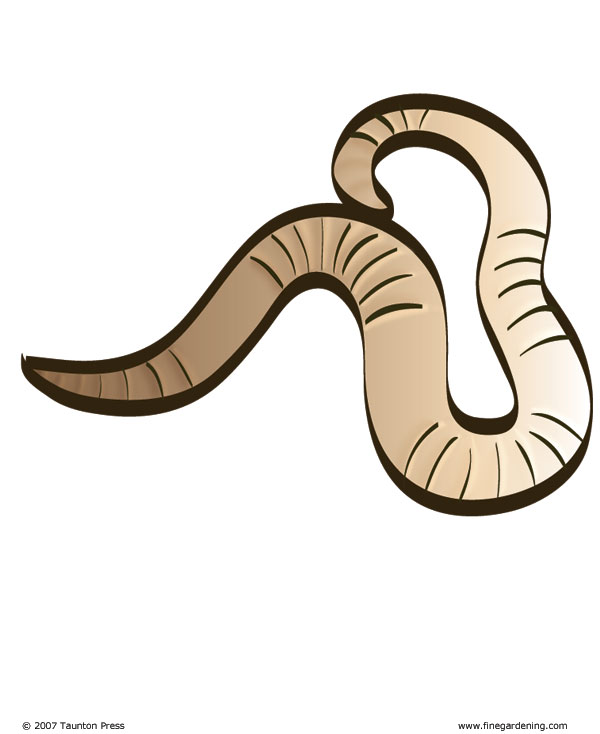
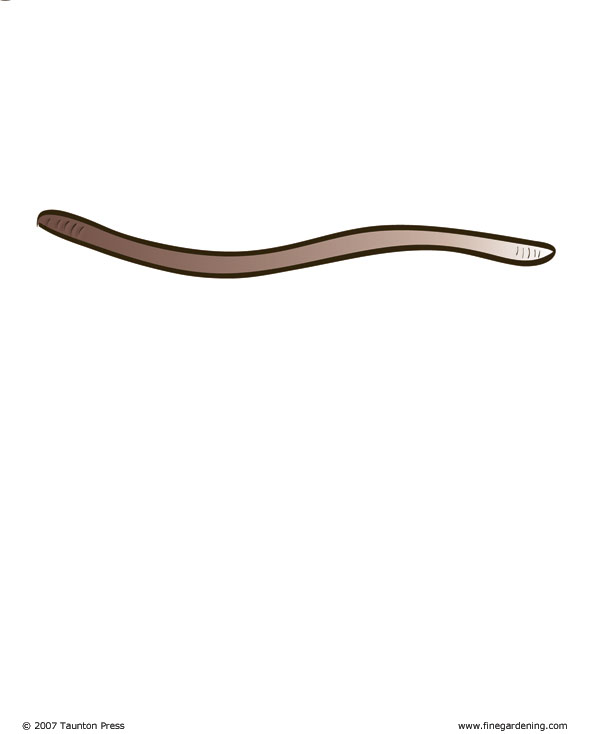
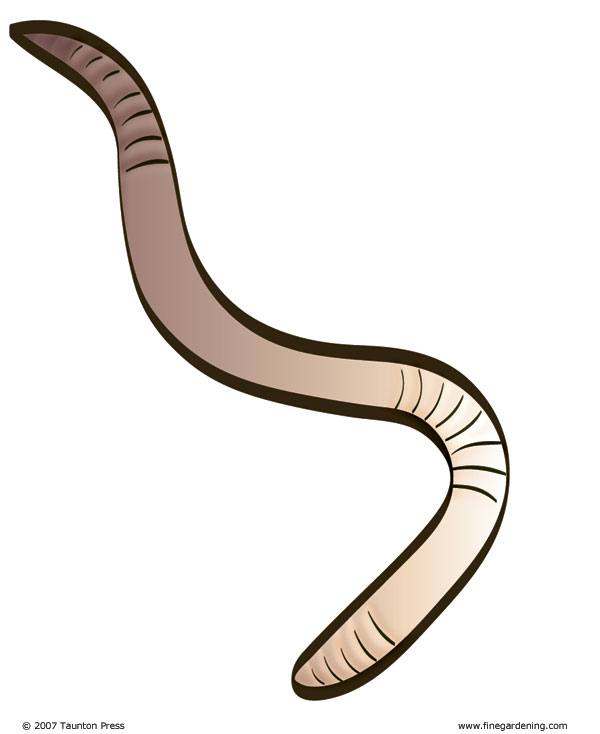
1. The epigeic group
This group is composed of species that primarily consume plant litter and organic matter at the soil surface and make nutrients more rapidly available for plant uptake. Epigeics are small worms with short life spans (three to four years) and high reproductive rates. During winter, they bury themselves under the litter layer to survive, but if the top foot of soil freezes, they die.
2. The endogeic group
Members of this group create continuous horizontal burrows within the soil profile and feed on subsurface soil enriched with organic matter. These earthworms help aerate the soil as they burrow. Endogeics have lower reproductive rates than epigeics, are larger, and have longer life spans (up to six years). In winter, they burrow deeply in the ground and fall into a dormant state.
3. The anecic group
This group of earthworms, which feed on surface litter and create deep vertical burrows, incorporates organic material into the mineral portion of the soil (below the surface) by pulling surface litter into their burrows. The vertical burrows also improve water flow through the soil. Anecics have the lowest reproductive rate but are the largest earthworms with the longest life span (four to ten years). They retreat deeper into the soil and go dormant when cold temperatures arrive.
Fine Gardening Recommended Products

DeWit Spork with Solid Socket
Fine Gardening receives a commission for items purchased through links on this site, including Amazon Associates and other affiliate advertising programs.

Ashman Garden Cultivator (1Pack)
Fine Gardening receives a commission for items purchased through links on this site, including Amazon Associates and other affiliate advertising programs.
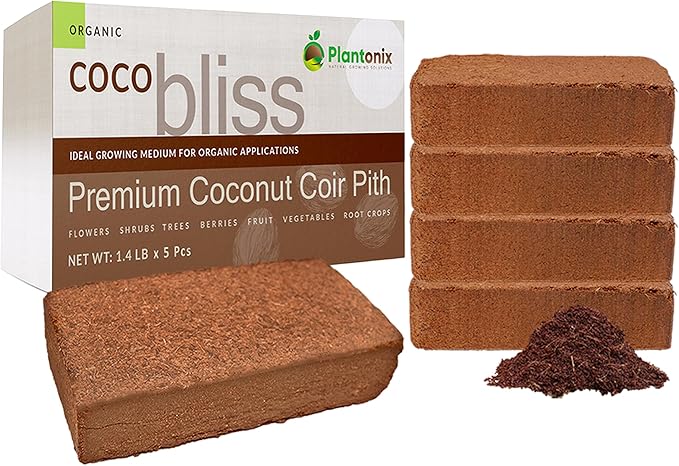
Coco Bliss 650gm Bricks (5-Pack) - Organic Coco Coir
Fine Gardening receives a commission for items purchased through links on this site, including Amazon Associates and other affiliate advertising programs.



















Comments
Great article! My worms absolutely LOVE the bokashi compost that I regularly dig into my soil. I have never seen so much life in my soil.
Log in or create an account to post a comment.
Sign up Log in